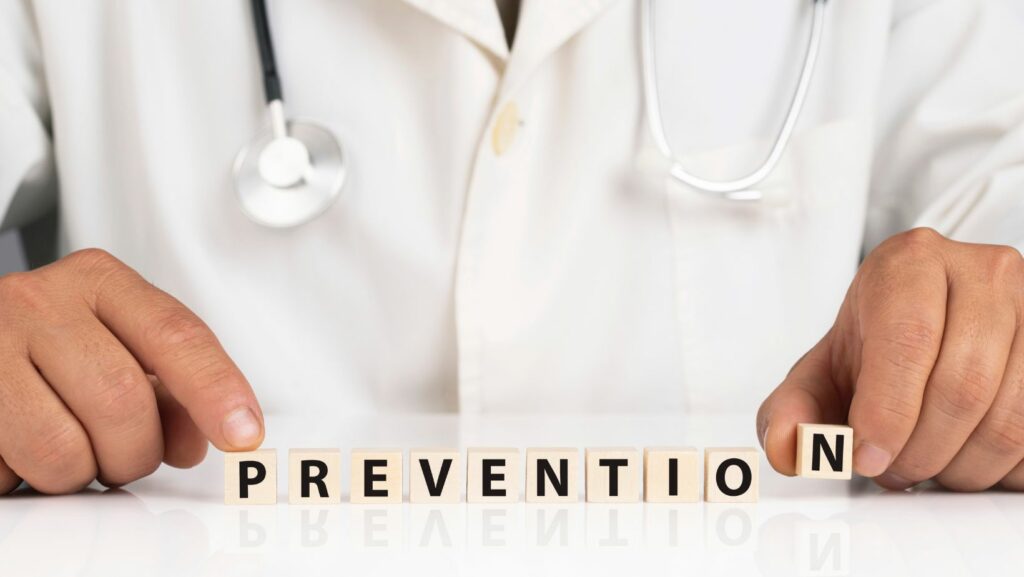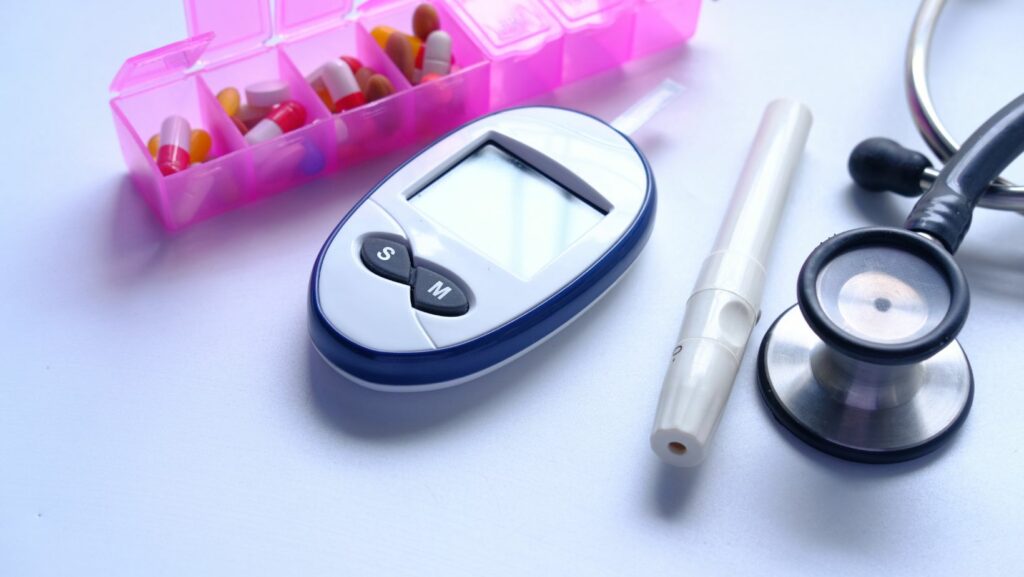Key Takeaways
- Preventive Health Care Focus: Emphasizes maintaining wellness and preventing diseases through regular check-ups, screenings, and vaccinations, leading to improved long-term health outcomes.
- Cost-Effectiveness: Preventive care can save individuals and health systems money by reducing the need for expensive treatments associated with advanced diseases, potentially saving $2 for every $1 spent on preventive measures.
- Empowerment and Lifestyle: Preventive health care empowers individuals to take charge of their health, fostering healthier habits that can reduce disease risk and enhance quality of life.
- Challenges of Reactive Care: Reactive health care deals with medical issues only after they arise, often resulting in higher costs and complications due to delayed treatment.
- Community Benefits: A preventive health approach can lower the overall incidence of chronic diseases in communities, leading to healthier populations and reduced health care demands.
- Addressing Health Disparities: Preventive health initiatives play a crucial role in targeting at-risk populations, helping to promote health equity and improve access to essential health services.
In today’s fast-paced world, the approach to health care can significantly impact overall well-being. Preventive health care focuses on maintaining health and preventing diseases before they occur, while reactive health care addresses issues only after they arise. Understanding the differences between these two strategies is crucial for making informed health decisions.
Preventive care emphasizes regular check-ups, vaccinations, and lifestyle changes, empowering individuals to take charge of their health. On the other hand, reactive care often leads to more severe health complications and higher costs. By exploring the benefits of preventive measures, individuals can not only enhance their quality of life but also reduce the burden on health care systems.
Preventive Health Care vs Reactive
Preventive health care emphasizes the maintenance of wellness and the prevention of disease. It plays a crucial role in enhancing overall health and reducing long-term health care costs.
Definition and Importance
 Preventive health care focuses on measures that avert the onset of diseases. These measures include routine screenings, vaccinations, and health education. Engaging in preventive care leads to early detection of health issues, which often results in better outcomes. According to the Centers for Disease Control and Prevention (CDC), timely preventive actions can decrease health care spending by minimizing the need for more complex and costly treatments. Preventive care also promotes healthier lifestyles, thereby improving longevity and quality of life.
Preventive health care focuses on measures that avert the onset of diseases. These measures include routine screenings, vaccinations, and health education. Engaging in preventive care leads to early detection of health issues, which often results in better outcomes. According to the Centers for Disease Control and Prevention (CDC), timely preventive actions can decrease health care spending by minimizing the need for more complex and costly treatments. Preventive care also promotes healthier lifestyles, thereby improving longevity and quality of life.
- Regular Check-ups: Regular visits to healthcare providers help identify and address potential health issues before they escalate.
- Vaccinations: Immunizations protect against various infectious diseases, safeguarding both individual and community health.
- Health Screenings: Routine screenings for conditions such as high blood pressure, diabetes, and cholesterol levels facilitate early intervention.
- Lifestyle Counseling: Guidance on nutrition, exercise, and mental health fosters healthier behaviors and reduces disease risk.
- Risk Assessment: Evaluating personal and family medical histories helps to identify predispositions to certain health issues, allowing for targeted preventive measures.
The Case for Preventive Health Care
Preventive health care provides numerous advantages that enhance individual well-being and contribute positively to broader public health outcomes. By prioritizing preventive measures, individuals can maintain optimal health and reduce future medical complications.
Benefits for Individuals
- Cost Savings: Preventive care often results in lower overall health care costs. Regular check-ups and screenings identify potential issues early, thus minimizing expensive treatments later.
- Early Detection: Timely screenings lead to the identification of diseases at manageable stages. Conditions such as cancer and diabetes can be treated more effectively when discovered early.
- Improved Quality of Life: Adopting a preventive approach fosters healthier lifestyles. Regular physical activity, balanced nutrition, and stress management improve overall well-being.
- Empowerment: Preventive care encourages individuals to take charge of their health. Education on healthy behaviors and risk factors promotes informed choices.
- Reduced Illness Risk: Vaccinations and lifestyle changes significantly decrease susceptibility to preventable diseases. This proactive stance enhances overall health.
- Decreased Disease Prevalence: A focus on preventive health care reduces the incidence of chronic diseases within communities. This leads to healthier populations and lower health care demands.
- Enhanced Community Resilience: Preventive measures bolster public health infrastructure. Healthy individuals contribute to community productivity, economic stability, and social well-being.
- Lower Health Care Costs: Reduced reliance on reactive care minimizes health care expenditures at both individual and systemic levels. This alleviates strain on health care resources and allows for better allocation of funds.
- Improved Health Equity: Preventive health initiatives target at-risk populations, addressing health disparities. Access to preventive services promotes equity in health outcomes.
- Promotion of Healthy Habits: Public health campaigns emphasize the importance of preventive care, leading to widespread behavioral changes. Communities adopting healthier lifestyles experience enhanced overall health.
Understanding Reactive Health Care
 Reactive health care responds to health issues only after they manifest. This approach often leads to delayed treatment, potentially resulting in more severe health complications.
Reactive health care responds to health issues only after they manifest. This approach often leads to delayed treatment, potentially resulting in more severe health complications.
Reactive health care focuses on addressing diseases and medical conditions after they occur. It’s characterized by the treatment of symptoms rather than the prevention of diseases. Individuals engage with this model when they experience health problems, such as acute illnesses, injuries, or chronic conditions. This method often leads to increased reliance on emergency services and hospitalizations. Compared to preventive care, reactive health care operates on a “”cure”” basis, often validating unhealthy lifestyles until health crises emerge.
Common Approaches
Common approaches within reactive health care include:
- Emergency care: Provides immediate treatment in urgent situations, such as accidents or heart attacks.
- Hospitalization: Involves inpatient care for severe medical conditions requiring close monitoring.
- Diagnostic testing: Utilizes tests like X-rays or MRIs to identify existing health issues after symptoms appear.
- Surgery: Addresses conditions through invasive procedures after health complications occur.
- Pharmaceutical treatment: Relies on medications prescribed post-diagnosis to manage ongoing health issues.
These approaches focus on managing health conditions rather than preventing them, highlighting the importance of transitioning to a more proactive health care model.
The Case for Reactive Health Care
Reactive health care addresses immediate health needs, often providing necessary interventions during emergencies or acute illnesses. While it prioritizes urgent care, it also presents challenges and limitations in overall health management.
Immediate Needs and Emergency Situations
Reactive health care is critical for addressing immediate health needs. It excels in emergency situations, where timely interventions can save lives. Acute conditions, such as heart attacks or severe injuries, require swift medical responses that a reactive approach can provide efficiently. Hospitals, urgent care centers, and ambulance services play vital roles in delivering this essential care. For instance, emergency departments treat over 130 million cases annually in the United States, providing immediate diagnostics and interventions for various health crises. This model ensures that patients receive necessary treatments without delay, often mitigating the severity of health issues.
Challenges and Limitations
Reactive health care presents several challenges and limitations. It often results in higher costs due to emergency treatments and hospitalizations. The focus on addressing symptoms rather than underlying causes can lead to recurring health issues. For example, individuals with chronic conditions may require frequent hospital visits, increasing their medical expenses. This approach may also lead to overcrowded emergency rooms and extended wait times, negatively impacting patient experiences. Furthermore, a reliance on reactive care can overshadow the importance of preventive measures, ultimately compromising long-term health outcomes.
Preventive Health Care vs Reactive: A Comparison
The distinction between preventive and reactive health care highlights important differences in approach. Each model has unique implications for costs, health outcomes, and overall effectiveness.
Preventive health care significantly reduces overall costs associated with health care. Regular check-ups and vaccinations lead to early detection of issues, resulting in lower treatment expenses. According to the CDC, implementing preventive measures can save up to $2 for every $1 spent. By contrast, reactive health care incurs higher costs due to complex treatments and emergency interventions, with individuals facing, on average, a threefold increase in medical expenses for chronic conditions that go untreated. Prioritizing preventive care not only benefits individual finances but also lessens the burden on health care systems by decreasing the frequency of costly hospital visits.
Long-Term Health Outcomes
Preventive health care promotes positive long-term health outcomes through its focus on wellness and early intervention. Research consistently shows that individuals engaged in preventive practices experience healthier lives, reduced incidence of chronic diseases, and improved longevity. In contrast, reactive health care often leads to poorer outcomes as health issues are addressed after they escalate. For example, individuals who rely solely on reactive approaches may face complications from untreated conditions, negatively impacting their health trajectory. Ultimately, preventive health measures lead to better quality of life and community resilience, enabling populations to thrive while mitigating the risks associated with delayed treatment responses.
Cost-Effectiveness
Embracing preventive health care is essential for fostering a healthier society. By prioritizing proactive measures individuals can significantly reduce their risk of chronic diseases and enhance their quality of life. This approach not only saves money but also alleviates pressure on health care systems that are often burdened by reactive care.
While reactive health care plays a vital role in treating immediate health concerns it often leads to higher costs and poorer long-term outcomes. Transitioning towards a preventive model empowers individuals to take charge of their health and promotes community resilience. Ultimately the choice between preventive and reactive care can shape the future of public health and well-being.



